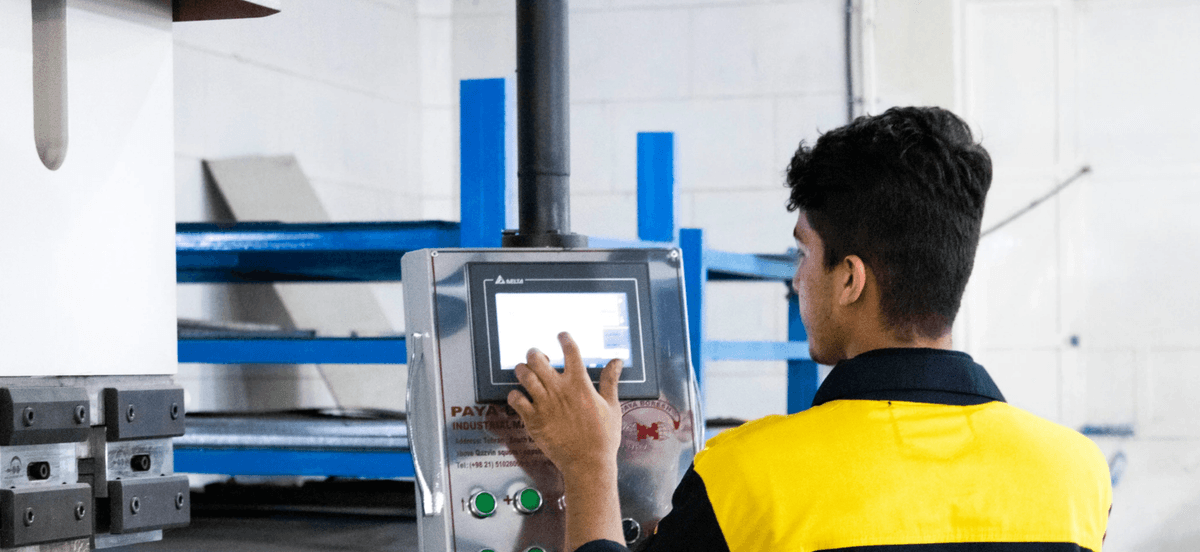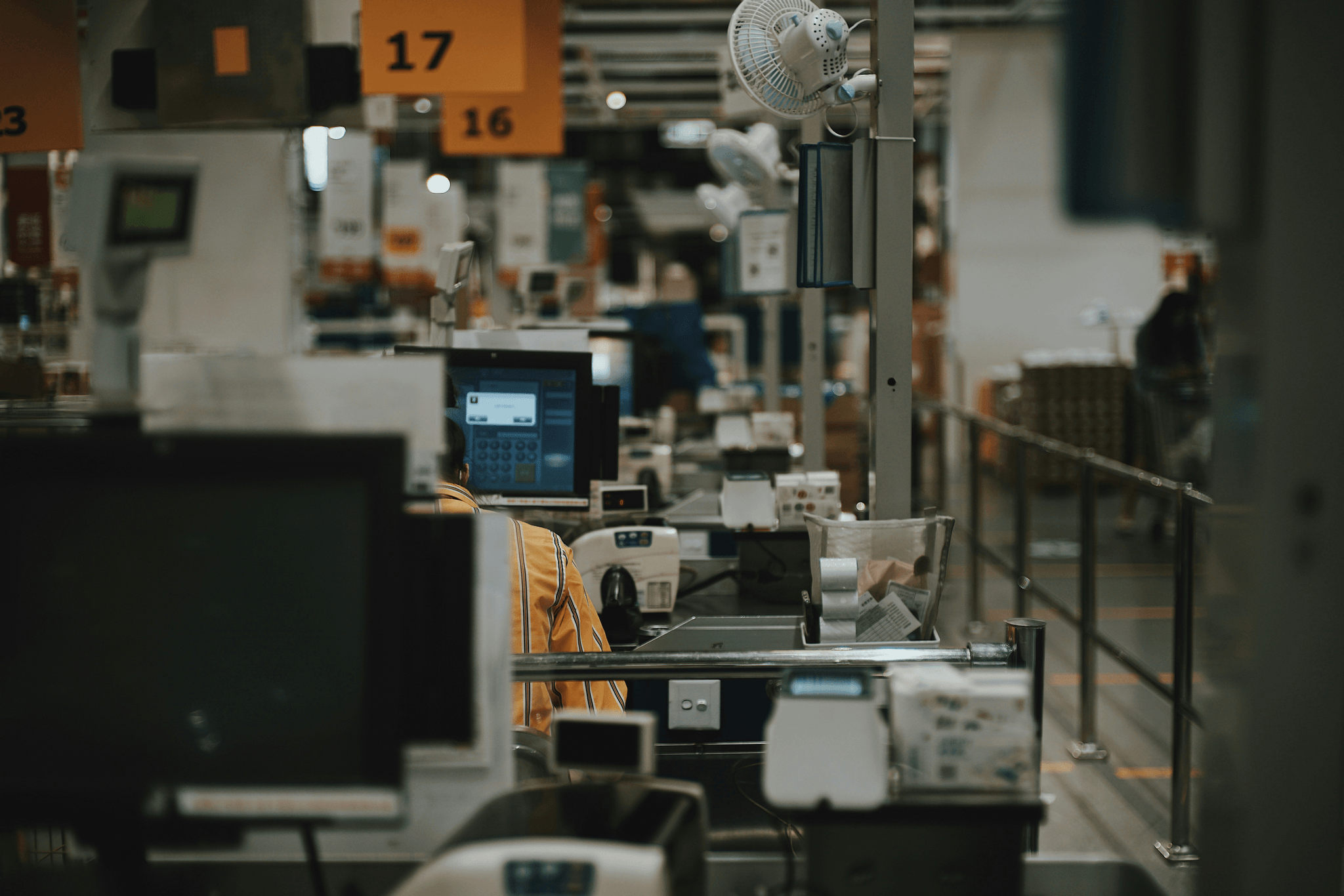Introduction

In today’s competitive market, ensuring the highest standards of quality is paramount for businesses aiming to thrive. This is where 3rd party quality inspection comes into play, acting as an independent check on products and processes. By engaging in quality assurance practices, companies not only uphold their reputation but also foster trust among consumers.
Understanding 3rd Party Inspection Importance
3rd party inspections are crucial because they provide an unbiased evaluation of product quality and compliance with industry standards. Unlike in-house inspections, which may be subject to internal biases, a 3rd party offers objective insights that can highlight areas needing improvement. This impartiality enhances the credibility of the inspection process and ensures that quality assurance measures are genuinely effective.
Key Benefits of Quality Assurance
Quality assurance is not just a checkbox on a corporate agenda; it’s a strategic approach that can lead to significant advantages for businesses. By investing in thorough quality control processes, organizations can reduce defects and minimize costly recalls or reworks down the line. Moreover, effective quality assurance fosters customer loyalty by ensuring consistent product performance and reliability.
The Role of Quality Control in Industries
Quality control serves as the backbone for operational excellence across various industries, from manufacturing to healthcare. It helps maintain high standards by systematically monitoring processes and outputs to ensure they meet predefined criteria for quality assurance and compliance. As industries evolve, the importance of robust quality control measures continues to grow, making it essential for businesses aiming for long-term success.
What is 3rd Party Quality Inspection

When it comes to maintaining high standards in production, the concept of 3rd party quality inspection plays a pivotal role. This independent evaluation process ensures that products meet specified quality and regulatory standards before reaching consumers. By utilizing external inspectors, businesses can enhance their quality assurance measures and foster greater trust in their products.
Definition and Overview
3rd party quality inspection refers to an unbiased examination conducted by an external organization or individual that specializes in assessing product quality. These inspections focus on evaluating the materials, processes, and final outputs to ensure compliance with industry standards and customer expectations. In essence, it serves as a crucial layer of quality assurance that helps businesses avoid costly mistakes and enhance their reputation.
How It Differs from In-House Inspection
While in-house inspections rely on internal teams to monitor product quality, 3rd party quality inspection introduces an objective perspective into the equation. Internal teams may have biases or pressures that could affect their evaluations; however, external inspectors provide impartial assessments based solely on established criteria. This distinction is vital for effective quality control because it helps identify potential issues that might otherwise go unnoticed.
Importance in Various Industries
The significance of 3rd party quality inspection spans multiple sectors, including manufacturing, food safety, textiles, and electronics. In industries where safety is paramount, such as pharmaceuticals or aerospace, rigorous inspections are not just beneficial—they're essential for compliance with regulations and consumer safety standards. By integrating 3rd party inspections into their operations, companies can bolster their overall commitment to quality assurance while minimizing risks associated with subpar products.
The Process of 3rd Party Quality Inspection

When it comes to ensuring product quality, the process of 3rd party quality inspection plays a pivotal role. This systematic approach not only identifies potential defects but also helps maintain compliance with industry standards. By leveraging external expertise, businesses can enhance their quality assurance measures and ultimately boost customer satisfaction.
Steps Involved in the Inspection
The first step in a 3rd party quality inspection is planning and defining the scope of the inspection itself. This involves identifying specific criteria that will be evaluated, including product specifications and relevant industry standards. Once the plan is set, inspectors conduct a thorough examination of materials, processes, and finished products to ensure they meet these predefined benchmarks.
Following this initial assessment, detailed documentation is created to capture findings and observations during the inspection process. This documentation serves as a basis for any necessary corrective actions or adjustments needed to improve quality assurance outcomes. Finally, a comprehensive report is generated that outlines both pass and fail criteria along with recommendations for future improvements in quality control.
Tools and Techniques Used
In the realm of 3rd party quality inspection, various tools and techniques are utilized to ensure effective evaluations are conducted. Commonly employed instruments include calipers for measuring dimensions accurately, gauges for assessing tolerances, and visual aids like checklists to streamline inspections. Additionally, advanced technologies such as digital imaging systems can provide detailed insights into product integrity that traditional methods may overlook.
Quality assurance professionals also rely on statistical sampling techniques to determine whether products meet specified standards without inspecting every single item. These methods enable inspectors to draw reliable conclusions based on representative samples while saving time and resources in the process. Ultimately, these tools help reinforce robust quality control practices across industries.
Real-World Examples of Effective Inspections
To illustrate the effectiveness of 3rd party quality inspections, consider a scenario involving an electronics manufacturer facing issues with defective components reaching customers. By partnering with a reputable inspection service provider specializing in electronic goods, they implemented rigorous pre-shipment inspections that significantly reduced defect rates by over 30%. This proactive approach not only improved their reputation but also enhanced customer trust through consistent delivery of high-quality products.
Another compelling example comes from a textile company struggling with inconsistent fabric quality leading to returns and dissatisfied customers. Engaging an experienced third-party inspector allowed them to identify flaws early in the production process—resulting in substantial cost savings from reduced waste and rework efforts while elevating their overall product standardization efforts within their supply chain management framework.
Choosing a Reliable Inspection Provider

Finding the right inspection provider can feel like searching for a needle in a haystack, especially when it comes to 3rd party quality inspection. The stakes are high; quality assurance is not just a box to check but an essential component of your business's reputation and success. When selecting an inspection service, you want to ensure they align with your quality control needs and can help elevate your standards.
Criteria for Selecting an Inspection Service
When selecting a 3rd party quality inspection service, there are several criteria to consider that can significantly impact your quality assurance efforts. First, look for providers with industry-specific experience; they should understand the nuances of your sector and the associated regulations that govern quality and assurance practices. Additionally, consider their certifications and accreditations—these are often indicators of their commitment to maintaining high standards in both quality control and customer service.
Another crucial factor is the provider's reputation; seek out reviews or testimonials from previous clients who have benefited from their services. Communication is also key; a reliable partner should be responsive and transparent about their processes while offering insights into how they can enhance your overall quality assurance strategy. Finally, evaluate their technology and tools used during inspections—modern techniques can lead to more accurate assessments and better outcomes in terms of product quality.
Spotlight on China Inspection Pro
One standout option in the realm of 3rd party quality inspection is China Inspection Pro, known for its expertise in delivering comprehensive solutions tailored to various industries. With years of experience under its belt, this provider excels in implementing rigorous quality assurance protocols that align with international standards. Their team consists of seasoned professionals who are well-versed in both local regulations and global best practices regarding quality control.
China Inspection Pro offers a range of services including factory audits, product inspections, and pre-shipment checks—all designed to ensure that products meet specified requirements before reaching consumers. Their use of advanced tools enhances the accuracy of inspections while providing detailed reports that help businesses make informed decisions about compliance and product integrity. Partnering with such professionals not only streamlines your processes but also builds trust among customers who value transparency in production standards.
Benefits of Partnering with Professionals
Collaborating with professional 3rd party quality inspection providers like China Inspection Pro brings numerous benefits that extend beyond mere compliance checks. Firstly, these partnerships enhance customer trust through demonstrated commitment to maintaining high-quality standards—consumers are more likely to engage with brands known for reliability in product excellence due to effective quality assurance measures implemented throughout production cycles.
Moreover, professional inspectors bring objectivity into the evaluation process; their unbiased assessments often reveal potential issues that internal teams may overlook due to familiarity or complacency regarding established procedures for quality control control methods. This fresh perspective not only identifies areas needing improvement but also helps mitigate risks associated with non-compliance or subpar products entering the market.
Lastly, investing in professional 3rd party inspections translates into long-term savings by reducing costly recalls or rework resulting from undetected defects—ultimately leading to enhanced brand loyalty as customers recognize consistent dedication towards delivering top-notch products backed by solid assurances on their safety and performance.
Common Challenges in Quality Assurance

Quality assurance is not without its hurdles. Businesses often encounter various challenges that can impede their ability to maintain high standards of quality control. Understanding these obstacles is crucial for organizations aiming to implement effective 3rd party quality inspection processes.
Identifying Potential Quality Issues
One of the primary challenges in quality assurance is identifying potential quality issues before they escalate. Many companies rely on 3rd party quality inspection to spotlight problems, but if the initial assessments are lacking, issues may go unnoticed until it’s too late. A proactive approach involving regular audits and feedback loops can help detect these potential pitfalls early on, ensuring that quality and assurance remain at the forefront.
Addressing Compliance with Regulations
Navigating compliance with ever-changing regulations poses another significant challenge in maintaining effective quality control. Companies must stay updated on industry standards and legal requirements, which can vary greatly across sectors and regions. Implementing a robust quality assurance system that includes regular training and updates will help organizations align their practices with compliance mandates while also enhancing their overall commitment to quality assurance and control.
Strategies for Overcoming Inspection Hurdles
Overcoming inspection hurdles requires strategic planning and a willingness to adapt to new methodologies in quality control. Organizations can benefit from investing in training for their teams about 3rd party quality inspection processes, fostering a culture of continuous improvement within their operations. Additionally, partnering with reputable inspection providers who understand the nuances of your industry can streamline the process, ensuring that both quality assurance and compliance are effectively managed.
The Impact of Quality Control on Business Success

In today's competitive marketplace, the impact of quality control on business success cannot be overstated. Implementing robust quality assurance practices, such as 3rd party quality inspection, fosters a culture of excellence that resonates with customers. When businesses prioritize quality and assurance, they not only enhance their reputation but also drive customer loyalty.
Enhancing Customer Trust through Quality
Customer trust is the bedrock of any successful business relationship, and effective quality control plays a pivotal role in building that trust. When companies utilize 3rd party quality inspection services, they demonstrate a commitment to maintaining high standards of quality assurance. Customers are more likely to engage with brands that prioritize transparency and reliability in their products or services.
Moreover, consistent quality assurance practices reassure customers that they are making informed choices. By showcasing third-party validation through inspections, businesses can highlight their dedication to delivering exceptional products. This not only enhances customer trust but also encourages repeat business and referrals.
Long-term Benefits of Consistent Quality Assurance
The long-term benefits of consistent quality assurance extend far beyond immediate customer satisfaction; they create a sustainable competitive advantage in the market. Regularly engaging in 3rd party quality inspection allows companies to identify potential issues before they escalate into costly problems. This proactive approach minimizes waste and maximizes efficiency—key elements for long-term success.
Furthermore, when organizations commit to maintaining high-quality standards over time, they often experience reduced operational costs due to fewer defects and returns. This translates into healthier profit margins and improved financial performance overall—a win-win situation for any business striving for excellence in both product offerings and service delivery.
Case Studies of Companies Excelling through Quality Control
Several companies have successfully leveraged effective quality control measures to propel their growth and establish industry leadership. For instance, a well-known electronics manufacturer adopted rigorous 3rd party quality inspection protocols throughout its supply chain, resulting in a significant decrease in product defects and an increase in customer satisfaction ratings by over 30%. Their commitment to robust quality assurance has positioned them as a trusted brand globally.
Another case is that of an automotive firm that implemented comprehensive training programs alongside regular inspections focused on continuous improvement strategies within its production lines. This initiative not only enhanced product safety but also improved employee morale as workers felt empowered by their involvement in upholding strict standards of quality control.
These examples illustrate how prioritizing effective quality control can lead to tangible results—strengthening brand reputation while driving growth through unwavering commitment to excellence.
Conclusion
In wrapping up our exploration of 3rd party quality inspection, it’s clear that the benefits extend far beyond mere compliance. By leveraging quality assurance practices, businesses can not only meet but exceed industry standards, leading to enhanced customer satisfaction and loyalty. The interplay between quality control and assurance plays a pivotal role in ensuring that products are reliable and trustworthy, ultimately shaping the reputation of a brand.
Recap of 3rd Party Inspection Benefits
The essence of 3rd party quality inspection lies in its ability to provide an unbiased assessment of products before they reach the market. This independent verification helps companies identify potential flaws and rectify them proactively, thus safeguarding their brand's integrity. Additionally, implementing rigorous quality assurance measures can significantly reduce costs associated with returns and recalls, proving that investing in quality is truly investing in success.
Final Thoughts on Quality Assurance Strategies
Quality assurance is more than just a checklist; it’s a comprehensive strategy that encompasses every facet of production and service delivery. Companies must recognize the importance of integrating robust quality control processes with effective inspection methods to foster continuous improvement. In an increasingly competitive landscape, prioritizing quality assurance will not only set businesses apart but also pave the way for sustainable growth.
Taking Action for Improved Quality Control
To truly harness the power of 3rd party quality inspection, organizations need to take decisive action towards enhancing their quality control frameworks. This involves selecting reliable partners who specialize in thorough inspections and understanding how these inspections fit into broader operational strategies. By committing to ongoing training and development in quality assurance practices, businesses can ensure they remain at the forefront of their industries while delivering exceptional value to their customers.
